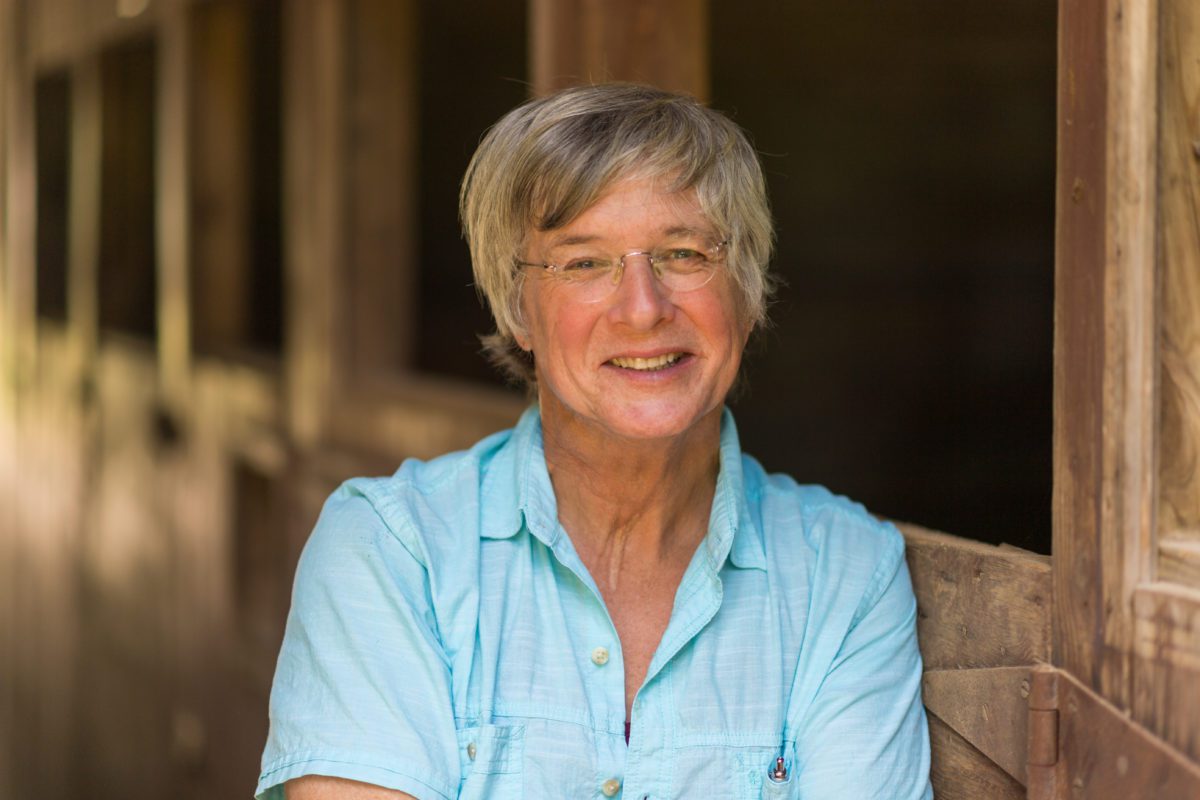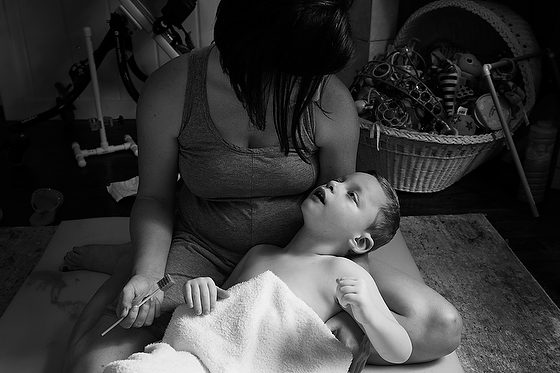
Robin Rayne says, “Make your emotion work for you and not against you; remember, God gave you tears.”
Robin spends most of his time photographing today in the disabilities community. He is a photojournalist and documentary producer for the University of Georgia’s Institute on Human Development and Disability. His compelling images illustrating human rights, disability, and gender diversity issues are distributed internationally by Zuma Press.
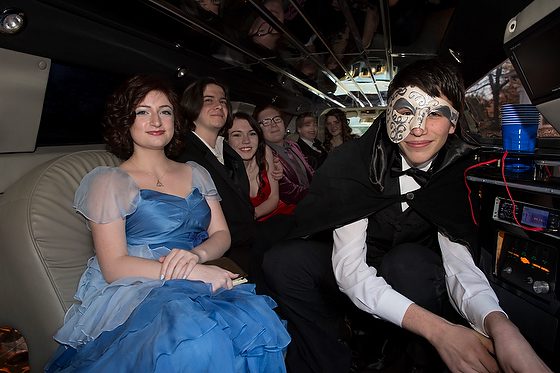
When I was traveling and could not photograph my daughter’s senior prom, Robin helped out for our family by getting photos of the critical event in our family.
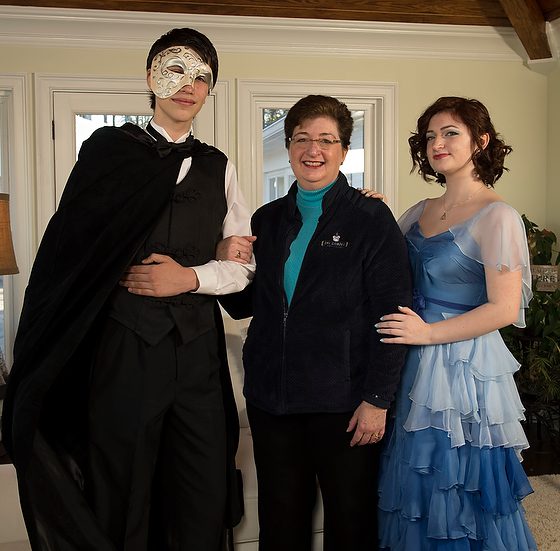
I can always count on Robin to capture those moments. I called Robin when I knew I was away for that all too important Prom.

Robin sees moments and captures the emotions we feel. When asked how he does it with such emotional moments, he says, “I am thankful for autofocus when covering some stories because of all the tears.”
Great photojournalists embrace their emotions.
“Photography for me is not looking, it’s feeling. If you can’t feel what you’re looking at, then you’re never going to get others to feel anything when they look at your pictures.”
– Don McCullin

After Robin spoke this past weekend at the Atlanta Photojournalism Seminar, he commented that after talking with people about their portfolios, he always asked the critical question “WHY?” for the photos.
WHY does this story need to be told? WHY should the public care?
What is surprising to myself and Robin is asking this question you see the “deer in the headlights look” on their face.
Though it may be interesting or even entertaining, the maximum value of news is as a utility to empower the informed. The purpose of journalism is thus to provide citizens with the information they need to make the best possible decisions about their lives, communities, societies, and governments.
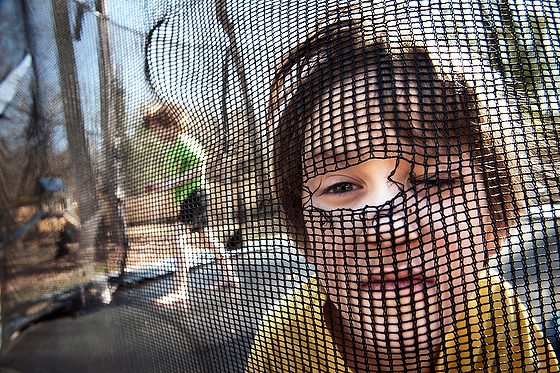
Autism spectrum disorders cut across all lines of race, class, and ethnicity. Autism impacts millions of children, adults, and their families worldwide. Boys have a significantly higher incidence of autism than girls: four out of every five people with autism are male. Because of the genetic link, siblings of a child with autism have a greater chance of being diagnosed with an autism spectrum disorder. Autism spectrum disorders affect not only the person diagnosed with the disorder but also significantly impact the entire family with a variety of social, financial, and other practical demands.
PICTURED: Now eight years old, Sam (in yellow) and Ben still spend much of their day after school and weekends on their trampoline. They are still non-verbal but understand some of what they hear. (photo by Robin Rayne/Zuma Press) [NIKON D700, 24.0-70.0 mm ƒ/2.8, ISO 250, ƒ/8, 1/80]
Robin is a photojournalist and not just a photographer. Robin is not interested in just entertaining the public; he is interested in informing the public. He is most concerned with telling the stories of people who cannot tell their own stories.
Robin is the voice for the voiceless. Robin also sees his role as one who is calling the next generation to take up the call of photojournalism. He knows he alone cannot tell all the stories needing to be said.
When I asked Robin to speak to my Intro to Photojournalism class at Grady College of Journalism & Mass Communication, he challenged the class.
If we want to feel an undying passion for our work, if we want to feel we are contributing to something bigger than ourselves, we all need to know our “WHY.”
Robin explained how his why probably came about having a son with disabilities.
You have to find your niche. The combination of your WHY and HOWs is exclusively yours as your fingerprint.

